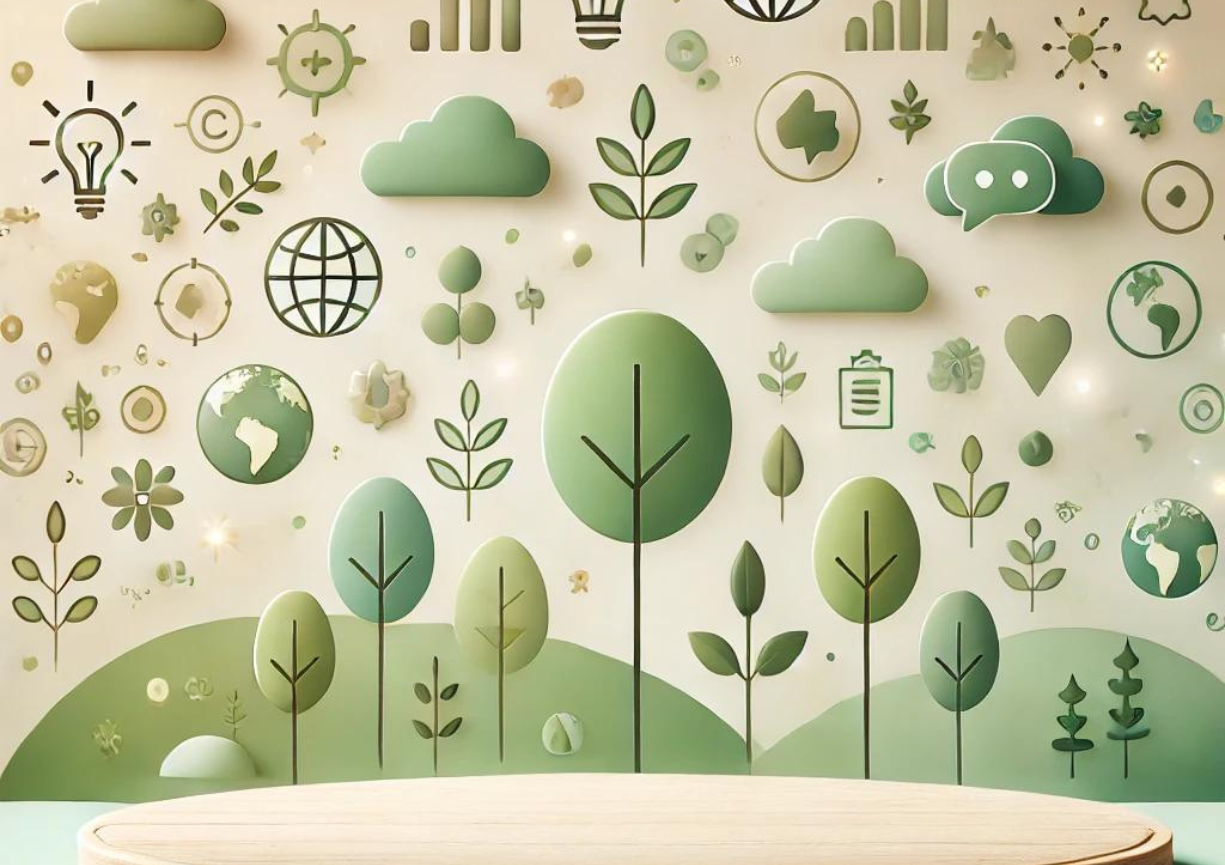T. rex Facts
Tyrannosaurus Rex: What They Were and Why They Disappeared

Introduction to the Tyrannosaurus Rex
The Tyrannosaurus rex, commonly known as T. rex, is one of the most iconic and well-known dinosaurs that ever roamed the Earth. It lived approximately 68 to 66 million years ago during the late Cretaceous period, right before the catastrophic events that led to the mass extinction of the dinosaurs. With its massive size, formidable jaws, and predatory nature, the T. rex has captivated the imagination of paleontologists and the public alike.
What Was the T. rex?
The T. rex was a member of the theropod group of dinosaurs, characterized by their bipedal stance and carnivorous diets. It stood around 12 feet tall at the hips, could reach lengths of up to 40 feet, and weighed as much as 9 tons. Despite its enormous size, evidence suggests that the T. rex was a relatively fast and agile predator. It had powerful hind legs, sharp, serrated teeth, and an extremely strong bite—one of the most powerful of any land animal ever studied.
Its skull, almost 5 feet long, housed between 50 to 60 thick, conical teeth that were designed to crush bone. Paleontologists believe that the T. rex's bite force could exceed 12,800 pounds, making it capable of ripping through even the toughest of prey.
Though known as a fierce predator, some researchers believe that the T. rex may have also been a scavenger, using its powerful sense of smell to locate carcasses from miles away.
Why Did the T. rex Disappear?
The T. rex, like all non-avian dinosaurs, met its end approximately 66 million years ago in a mass extinction event known as the Cretaceous-Paleogene (K-Pg) extinction event. The disappearance of the T. rex is attributed to a combination of catastrophic environmental changes, largely thought to have been triggered by a massive asteroid impact.
The Asteroid Impact
The most widely accepted theory for the disappearance of T. rex is the asteroid impact hypothesis. Around 66 million years ago, a 6-mile-wide asteroid struck what is now the Yucatán Peninsula in Mexico, forming the Chicxulub crater. This impact released energy equivalent to billions of atomic bombs and caused massive wildfires, tsunamis, and a cloud of debris that blocked sunlight for months or even years. This would have resulted in a nuclear winter, causing plants to die, disrupting the food chain, and ultimately leading to the extinction of large species like the T. rex.
Volcanic Activity
In addition to the asteroid impact, there is evidence that intense volcanic activity in what is now India, known as the Deccan Traps, also contributed to the environmental collapse. These volcanic eruptions released massive amounts of sulfur dioxide and carbon dioxide into the atmosphere, which would have caused acid rain and long-term climate change. The combination of the asteroid and volcanic activity made survival extremely difficult for large land animals like the T. rex.
Climate Change
Before the asteroid impact and volcanic activity, the Earth’s climate was already undergoing significant changes. Fluctuations in temperature and sea levels would have begun stressing ecosystems. Dinosaurs like the T. rex, which were at the top of the food chain, would have been especially vulnerable to disruptions in their food sources.
The Legacy of T. rex
Though the T. rex went extinct, it has left an enduring legacy in both science and popular culture. Fossil remains of T. rex have provided crucial insights into dinosaur biology, behavior, and evolution. Modern birds are often considered the closest living relatives to theropod dinosaurs, including the T. rex, which means in a way, the legacy of the T. rex still exists in the avian species we see today.
Resources to Learn More
- Books:
- "The Tyrannosaurus Rex Handbook" by Steve Brusatte
- "The Rise and Fall of the Dinosaurs: A New History of a Lost World" by Steve Brusatte
- Documentaries:
- Walking with Dinosaurs (BBC)
- Dinosaur 13 (The discovery of the most complete T. rex fossil, "Sue")
- Museums:
- American Museum of Natural History, New York, USA
- Field Museum, Chicago, USA (Home to "Sue," one of the largest and most complete T. rex fossils ever discovered)
- Online Resources:






Leave a comment